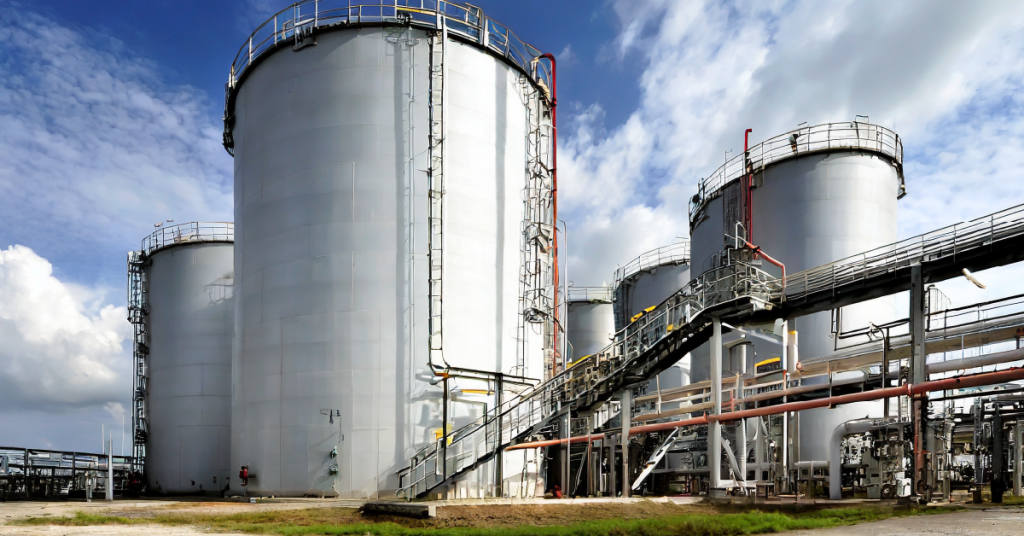Intensive Trainings

LOPA and SIL Determination
December 4 - December 6
Event Navigation

Why Choose this Training Course
This is a 3-days LOPA and SIL training course. Layer of protection analysis (LOPA) is a semi-quantitative, order of magnitude, tool for analysing and assessing risk on a process plant used to evaluate the adequacy of existing or proposed controls (layers of protection) against known hazards to achieve tolerable risk criteria. The course covers the different LOPA methodology variations, single cause, multiple cause, simple and complex applications. The most common use of the LOPA technique is for Safety Integrity Levels (SILs) be determined for Safety Instrumented Functions (SIFs) and this is covered in detail, but non-SIF applications are also coved.
The LOPA and SIL training course will give you an understanding of the methodology, application, and limitations of LOPA. It will help you understand how to select and assess hazardous scenarios by applying the LOPA methodology, and hv ow to interpret and apply the results including specifying the SIL of a SIF. The course references the CCPS books on LOPA and the latest international standard IEC 61511. At the end of this course the trainee will be able to be an active participant and contributor to LOPA and SIL determination studies.
The course consists of a series of modules that deal with the different technical aspects of LOPA. Presentations are interactive with video illustrations and case studies. Group exercises are used to enable attendees to put into practice what they have learnt during the lecture presentations. All the essential LOPA steps are practiced in exercises, the main exercise takes a HAZOP worksheet and builds the LOPA from it.
The LOPA and SIL training course is intended to be an open course using generic examples and simple spreadsheets / calculations not tied to any proprietary software. The case studies but can be adapted with site specific case studies if available.
Who Should Attend
The LOPA and SIL training course is designed for participants who need to attend and actively contribute to LOPA/SIL studies. The course does not provide LOPA facilitator training but does cover the technical aspects needed that the facilitator must do as part of the LOPA. For those trainees who are already qualified as PHA/HAZOP leaders, this course will allow them to apply their existing knowledge of the various PHA techniques and their existing leadership/facilitation skills to successfully facilitate LOPA studies.
Typical attendees would be:
- Process Safety Engineers
- Technical Safety Engineers
- Process Design Engineers
- Loss Prevention Engineers
- Project Engineers
- Instrument and Control Engineers
- Process Safety Managers
- Technical Safety Managers
- Technical Safety Advisors and Specialist
- Technical Safety Authorities
- Safety/HSE Managers
- Process Safety Consultants
- Process Safety Advisors and Specialists
Key Learning Objectives
- Layers of Protection, Background and History
- SIF and SIL
- LOPA and alternate methods
- LOPA Concepts (LOPA Math, Initiating Events (IE’s), Independent Protection Layers (IPL’s), Enabling Events, Conditional Modifiers, LOPA variations: (a) single cause, (b) multiple cause, (c) simple and (d) complex, etc)
- LOPA Methodology
- Human Factors in LOPA
- Tolerable risk targets and ALARP
- Company Guidance and Policies
Lifecycle approach to SI - Organizing LOPA studies



